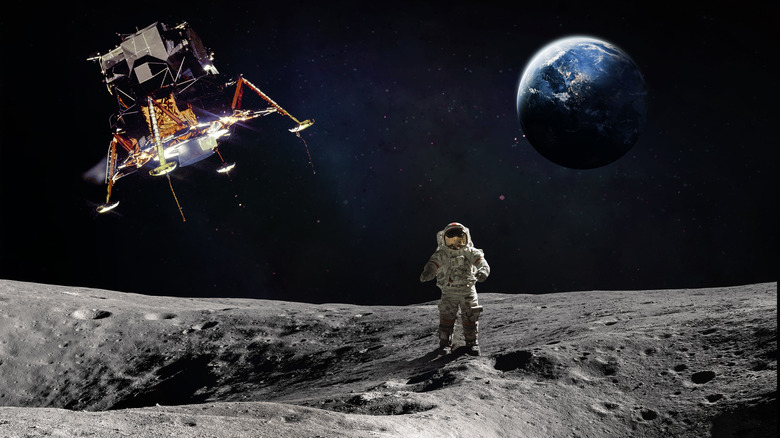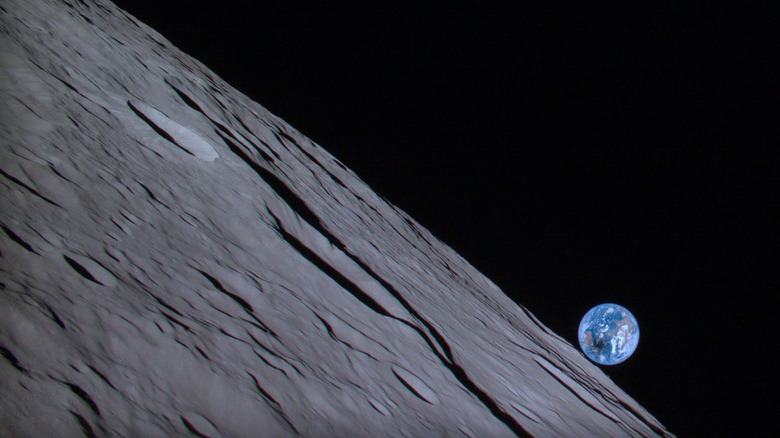Ispace Loses Communication With Lunar Lander During Historic Moon Mission
Japan's lunar exploration company, Ispace, experienced a setback as its lunar lander carrying the United Arab Emirates' first-ever Arab-built lunar rover, Rashid, reportedly failed to land on the moon's surface. The landing was set to make history as the first commercial aircraft to land on the moon at 12:40 p.m. Eastern on Tuesday, but flight controllers on the ground lost contact with the spacecraft.
Ispace CEO Takeshi Hakamada acknowledged that the team could not confirm a successful landing but expressed pride in the data gathered up until the attempted landing. Ideally, that data will contribute to a successful future endeavor. It has projects lined up through 2025 thanks to funding from NASA's Commercial Lunar Payload Services program, though there's no word how soon it can reattempt the lunar landing.
HAKUTO-R Mission 1 statement. Nothing is confirmed, but it does not look good. pic.twitter.com/fnTsbPNsmh
— Chris Bergin – NSF (@NASASpaceflight) April 25, 2023
The lander, named Hakuto-R, had embarked on a three-month journey at the helm of a SpaceX rocket, traveling about 870,000 miles through space. It orbited the moon about 62 miles away from its surface before attempting to land. The launch commenced from Cape Canaveral, Florida, in December. Only three countries in history have achieved controlled landings on the moon, including the United States, the former Soviet Union, and China. However, Japan wouldn't have been able to stake this claim as a national achievement, as Ispace is a private company with for-profit aspirations.
Less than 100 miles from paydirt
Had the landing been successful, the Rashid rover would have spent 14 days exploring the Atlas Crater on the moon's northeast side. The European Space Agency, which helped design the rover's wheels, explained that Rashid is equipped with high-resolution cameras, a microscopic camera, a thermal imaging camera, and a Langmuir probe to sample the plasma environment above the lunar surface.
You can marvel at the onboard optics' fidelity, thanks to shots of the moon and Earth that Ispace captured while it prepared for the landing. The imagery is some of the crispest yet from intergalactic spacecraft. Ispace set on this mission originally as part of a Google competition that would award $20 million to the first participants to put a lander on the moon, but that eventually fizzled out. Ispace's future plans include a mission to retrieve lunar soil samples for NASA as part of the Artemis program, which will involve the use of commercial lunar landers to explore the moon's surface.

